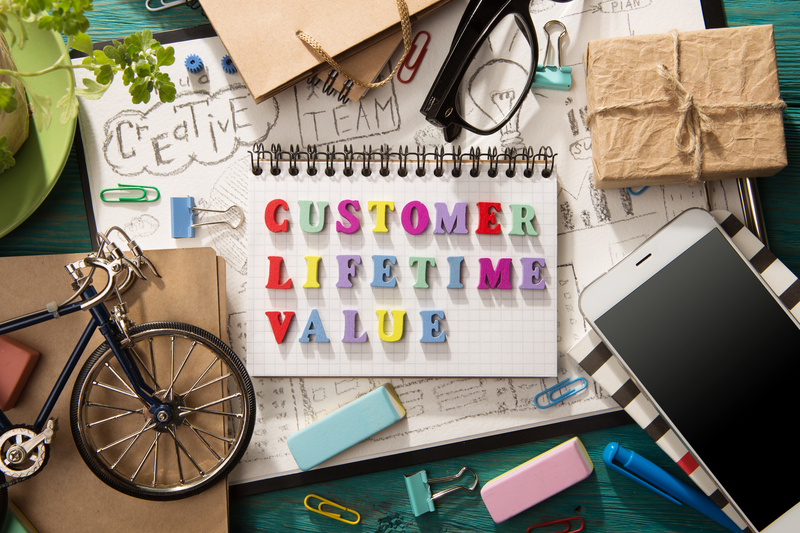How to Calculate Customer Lifetime Value
Customer Lifetime Value (CLV) is a vital metric every business owner should consider. It helps businesses understand how to attract and retain customers and set cost-effective marketing budgets. This article will examine CLV, its importance, and how to calculate it.
What is Customer Lifetime Value (CLV)?
CLV is the total revenue or profit your business generates from customers throughout their relationship with your company. It measures the average amount of money a customer is expected to spend on your products or services over their lifecycle.
The higher the CLV, the more valuable a customer is to your company and the more resources you’re willing to expend to entice the customer.
Learn more about our Six Sigma training.
How do I calculate Customer Lifetime Value?
CLV has a simple formula: Customer Value * Average Customer Lifespan.
You first calculate customer value by multiplying the average purchase value by the average number of purchases. For example, if an average customer spends $10 on your store and buys items 3 times, your customer value is $10×3 = $30.
Then, you multiply the customer value by the average lifespan a customer spends interacting with your business. Let’s assume the lifespan is 4 years, then your CLV becomes $30×4 = $120.
Why is Customer Lifetime Value important?
- It helps you make better decisions regarding customer acquisition costs. The higher your CLV, the higher the amount you’re willing to spend on customer acquisition. The ideal ratio for CLV to customer acquisition is 3:1. For instance, if your CLV is $120, you can spend $40 on advertisements to get a new customer.
- This metric helps you make better staffing, inventory, and production capacity forecasts. Without a firm value, you can easily overspend and waste much-needed money on unutilized resources.
- It gives you a concrete figure to help guide general business decisions around pricing, discounts, sales, advertising, and other relevant costs.
Advantages of Knowing Your Customer Lifetime Value
- It helps you improve customer retention by spending the appropriate amounts to lure and retain clients.
- It helps you set the right prices for your products and services. If you monitor your CLV continually, you’ll know the optimal prices to generate high revenue without scaring away customers.
- Monitoring your CLV and making informed decisions based on this metric drives long-term profitability.
Limitations of the Customer Lifetime Value
- This metric can be challenging to measure, especially without proper software tools to track sales, inventory, and customer relationships.
- The CLV alone doesn’t tell the complete story. It’s more helpful to break down the data by customer size, location, and other segments.
How to Improve CLV At Your Business
- Offer customer loyalty discounts and reward programs to make clients happy, especially big-spending clients. These programs encourage customers to patronize your business in the long term.
- Offer first-rate support to your clients. Always be there to respond to their inquiries and solve their problems. Comprehensive support makes customers happy and willing to spend more on your products.
- Incorporate customer feedback to tweak your business processes for greater results. For example, if customers complain about delivery times, try your best to make their deliveries as fast as possible.
- Upsell other products to existing customers. The products you upsell must be related to what the customer originally purchased, or you risk annoying them.
- Make it easy for customers to return products and get refunds where applicable. A seamless returns process encourages clients to give your product another try.
- Make the purchasing experience as simple as possible, e.g., one-click checkout. Customers shouldn’t have to jump through many hoops to pay for your product.
SixSigma.us offers both Live Virtual classes as well as Online Self-Paced training. Most option includes access to the same great Master Black Belt instructors that teach our World Class in-person sessions. Sign-up today!
Virtual Classroom Training Programs Self-Paced Online Training Programs







